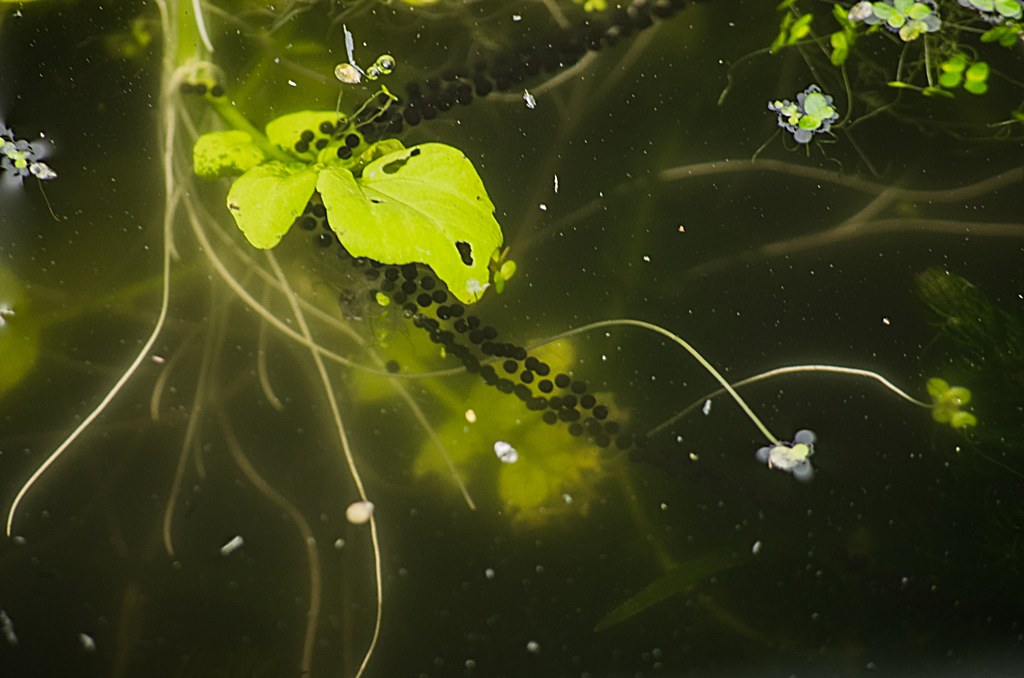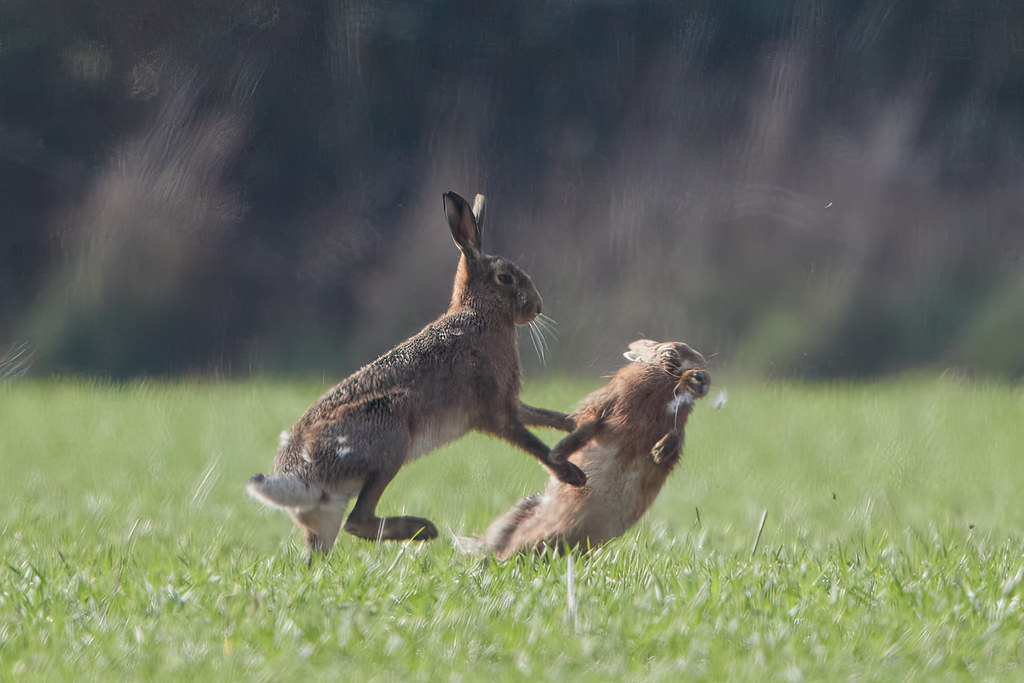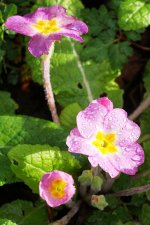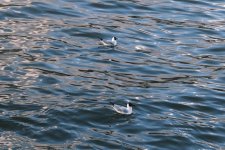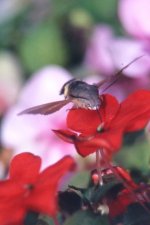- Messages
- 115,214
- Name
- The real Chris
- Edit My Images
- No
So far, this weekend, apart from the bulbs showing and the saxifrage budding.
A Robin singing his heart out trying to attract a mate.
Last night in all that rain, a frog, singing his heart out trying to attract a mate.
I've several frogs, sleeping in my pond, I guess he was getting a head start, before the others wake up.
A Robin singing his heart out trying to attract a mate.
Last night in all that rain, a frog, singing his heart out trying to attract a mate.
I've several frogs, sleeping in my pond, I guess he was getting a head start, before the others wake up.





